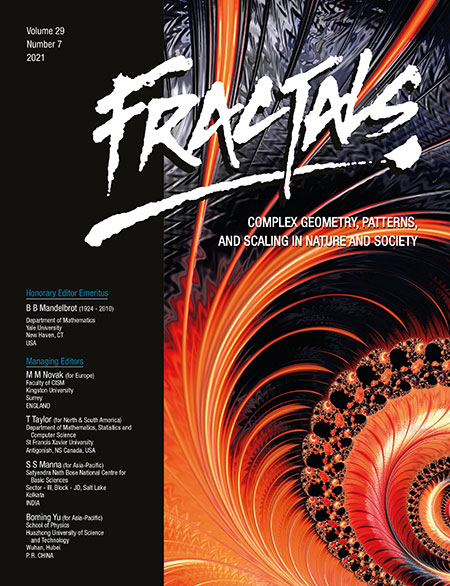ON THE DISTINCTION BETWEEN FRACTAL AND SEASONAL DEPENDENCIES IN TIME SERIES DATA
Abstract
Many techniques are currently available to test time series data for fractal patterns, but concerns have been raised about the fact that they do not always yield consistent results. Furthermore, fractal and nonfractal patterns, such as seasonal variation, tend to be heavily correlated in time series data. It is therefore essential that fractal patterns are clearly distinguished from nonfractal ones in the estimation process. The study is concerned with this capability in the following techniques: detrended fluctuation analysis (DFA), re-scaled range analysis (R/S), Higuchi’s fractality dimension, smoothed spectral regression, Geweke & Porter Hudak’s (GPH) estimator, the spectral periodogram (Sperio) estimate, Whittle’s estimate and the fractional differencing parameter, as well as the conventional time series diagnostics (unit root test, autocorrelation function (ACF) plots). A brief overview is provided of each fractal estimation method and results are presented of their application to three existing time series data sets: annual recordings of the water discharge level of the River Nile (663 years), daily number of births to teens in the state of Texas (5 years) and daily attendance rates in one urban school (4 years). Results indicate that all techniques indicate fractality in two of the three data sets (River Nile flow, school attendance). The results for the births to teens data were equivocal with a strong suggestion of both seasonal and fractal patterns in the ACF plot, but only seasonality in the modeling results. On the other hand, the ACF plot of the school attendance data hints at seasonality that is not picked up in the estimation. For a better perspective on these results, a simulation study was undertaken testing the ability of these techniques to distinguish seasonal and fractal processes under variable input conditions. The results of these simulations show largely accurate fractality estimates in the absence of seasonality. However, fractality estimates tend to be inflated when seasonal variability is present in the data. An integrated analytical approach is therefore recommended for these types of data, triangulating the results from the time series diagnostics with the parameter estimates from formal modeling and making seasonal adjustments to the data if necessary.


